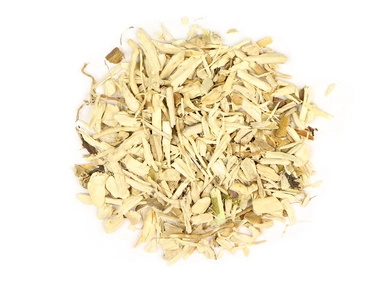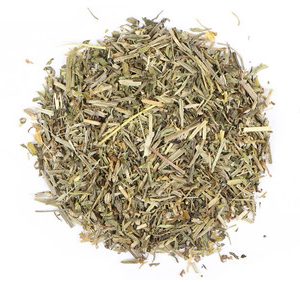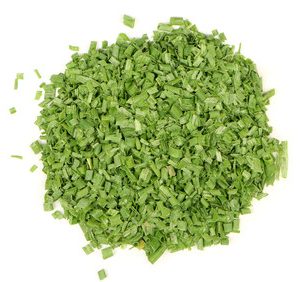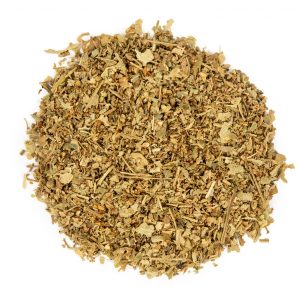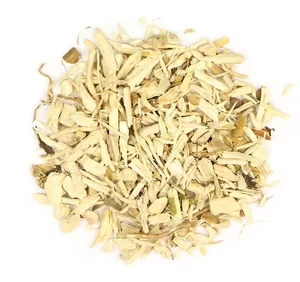Native to the southeastern United States and northern Asia, Hydrangea arborescens is a popular garden cultivar. Wild hydrangea is a medium-sized shrub with smooth bark and white flowers that resemble snowballs. Hydrangea root has a history of traditional use for its healthful properties. Typical preparation includes tea and tincture.
The hydrangea has shown up in the fossil record as far back as 70 million years ago in North America, and in Asia as far back as 25 million years ago. It grows near water, hence its name. The name is derived from the Greek, meaning water vase. They were brought to England in the 1730’s where the popularity as an ornamental grew quite rapidly. The grayish roots have little odor but a sweet and pungent taste. English folklore calls it an unlucky plant for young ladies looking for a husband. It has been said that people who allow the plant to grow near their house have cursed their daughters to the life of a spinster. Hydrangea is a member of the Hydrangeaceae botanical family.

